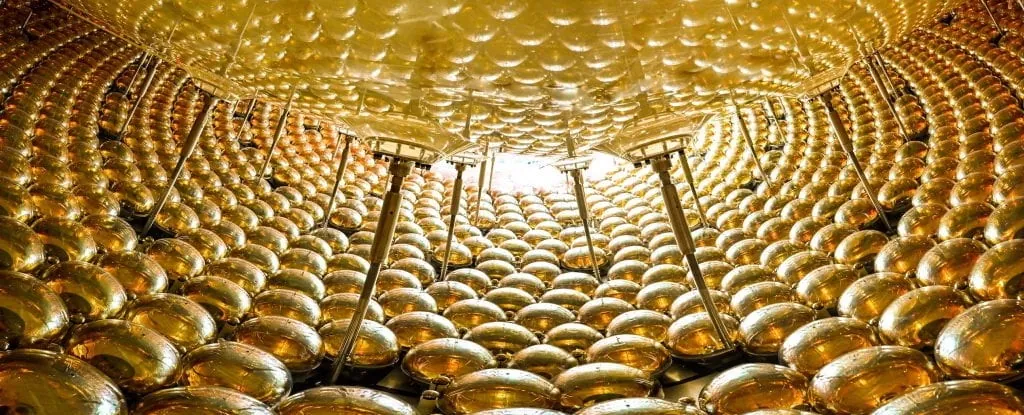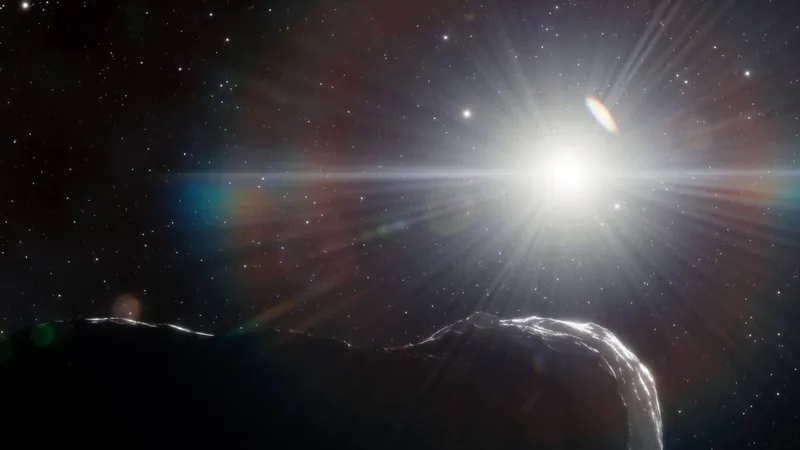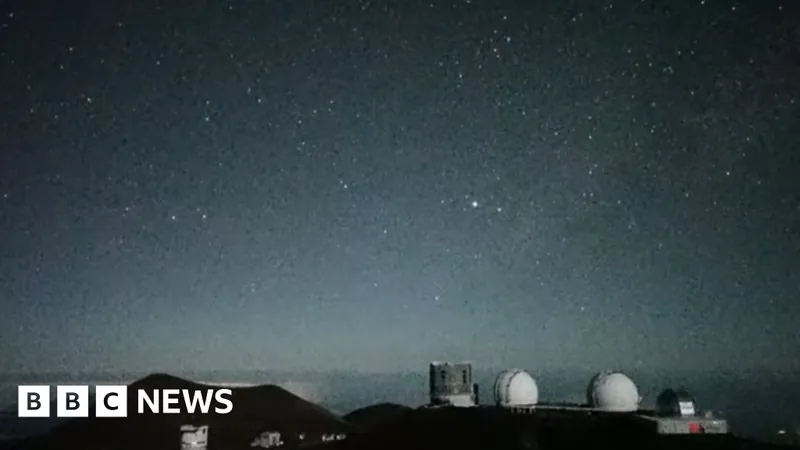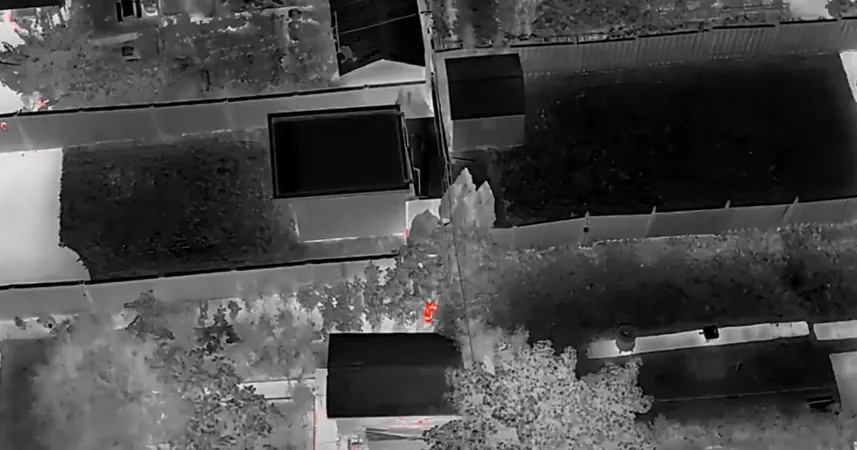
Groundbreaking Neutrino Detector Activated Deep Underground in China
2025-09-20
Author: Benjamin
Neutrinos, often dubbed the 'ghost particles' of the universe, are some of the most mysterious and elusive entities in physics. Shockingly, a staggering 400 trillion of these particles, produced by the Sun, slip through our bodies every second without so much as a whisper of interaction. This leaves scientists grappling with their secrets.
In a monumental leap towards understanding these enigmatic particles, China's Jiangmen Underground Neutrino Observatory (JUNO) has officially begun collecting data. Over the next decade, it aims to analyze between 40 and 60 neutrinos daily, potentially unlocking answers to some of the universe's most complex questions.
Nestled underground, a whopping 700 meters beneath the surface, JUNO is strategically located between two massive nuclear power plants—Yangjian and Taishan. These facilities aren't just sources of energy; they also produce artificial neutrinos that could enhance the observatory's findings.
To shield itself from unwanted interference, the detector is enveloped in a secondary layer known as the 'Top Tracker', which sits atop a 44-meter diameter pool of ultra-pure water. This setup is designed to filter out unwanted stray particles that could muddy the data, ensuring that only the most accurate readings are collected.
At the heart of JUNO lies an intricate sphere filled with liquid scintillator, surrounded by an astonishing 43,212 sensitive photodetectors capable of detecting single photons. This innovative technology allows researchers to delve into the properties of neutrinos, including the intriguing differences among the three known types: electron, muon, and tau neutrinos.
One of JUNO's ambitious objectives is to demystify the masses of these neutrino types and establish a hierarchy between them. Understanding how often these types oscillate from one to another may also pave the way for exciting revelations.
Grasping the dynamics of neutrinos could illuminate essential aspects of cosmology, shedding light on the universe's early expansion during the Big Bang. Additionally, their study could revolutionize astrophysics, offering critical insights into phenomena like supernovae, as well as geology through their emissions from deep within radioactive rocks.
JUNO is the product of a formidable collaboration, involving 74 institutes and 700 researchers under the guidance of the Chinese Academy of Sciences' Institute for High Energy Physics. Set to operate for at least a decade, the observatory is positioned to gather invaluable data that may finally unveil the secrets of these elusive particles, ultimately transforming multiple scientific fields.









 Brasil (PT)
Brasil (PT)
 Canada (EN)
Canada (EN)
 Chile (ES)
Chile (ES)
 Česko (CS)
Česko (CS)
 대한민국 (KO)
대한민국 (KO)
 España (ES)
España (ES)
 France (FR)
France (FR)
 Hong Kong (EN)
Hong Kong (EN)
 Italia (IT)
Italia (IT)
 日本 (JA)
日本 (JA)
 Magyarország (HU)
Magyarország (HU)
 Norge (NO)
Norge (NO)
 Polska (PL)
Polska (PL)
 Schweiz (DE)
Schweiz (DE)
 Singapore (EN)
Singapore (EN)
 Sverige (SV)
Sverige (SV)
 Suomi (FI)
Suomi (FI)
 Türkiye (TR)
Türkiye (TR)
 الإمارات العربية المتحدة (AR)
الإمارات العربية المتحدة (AR)